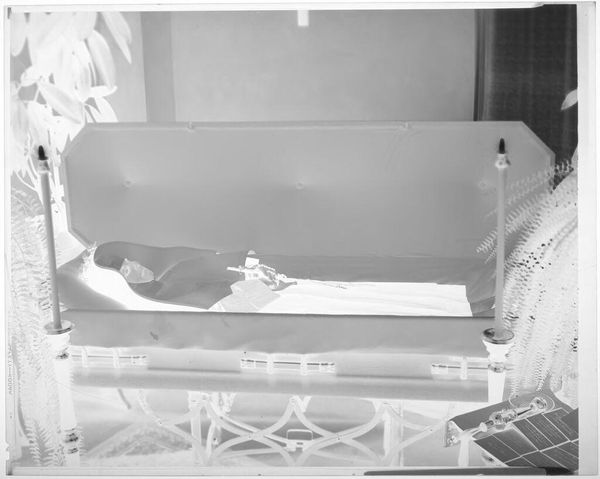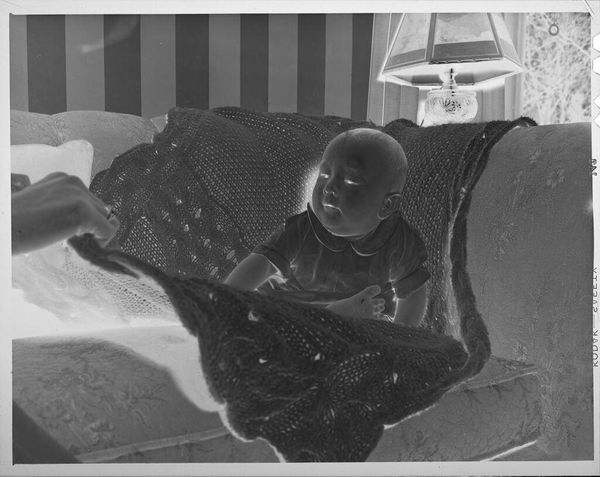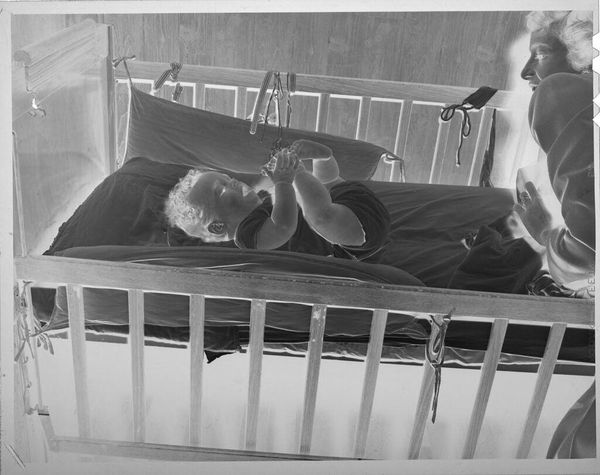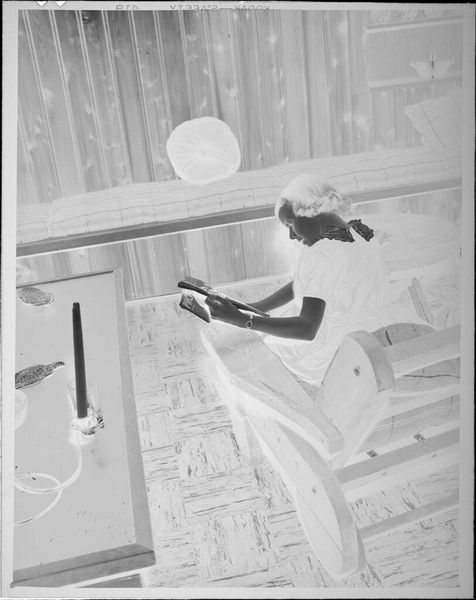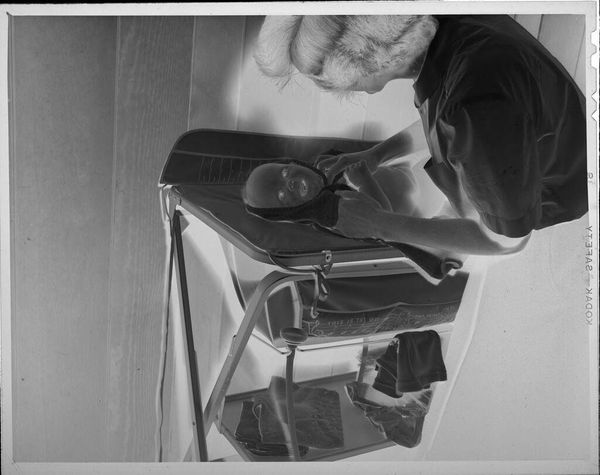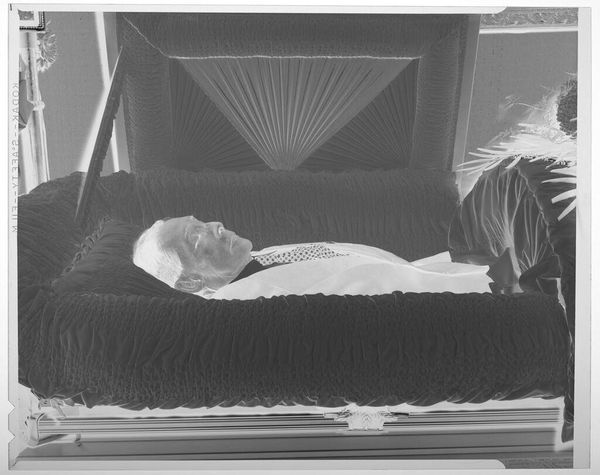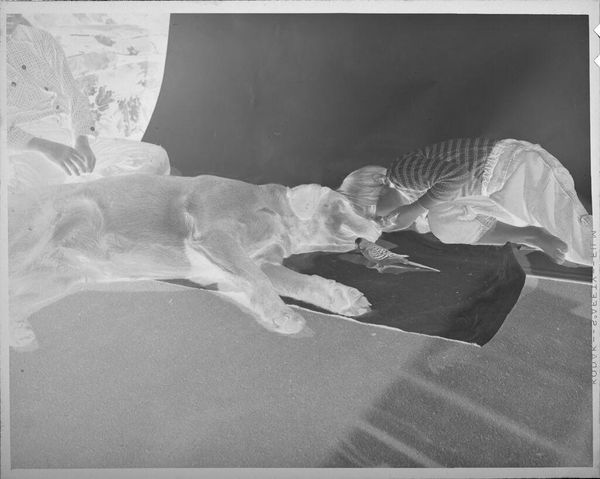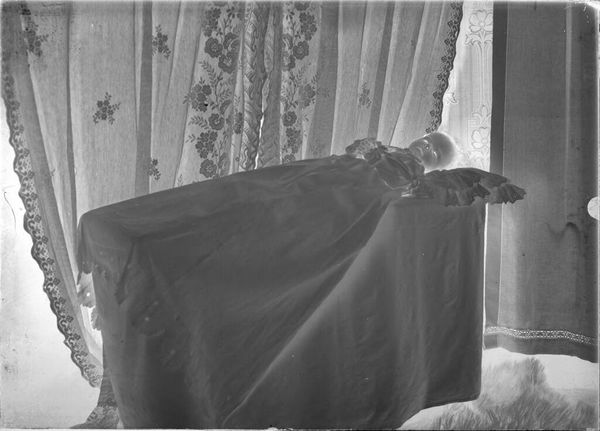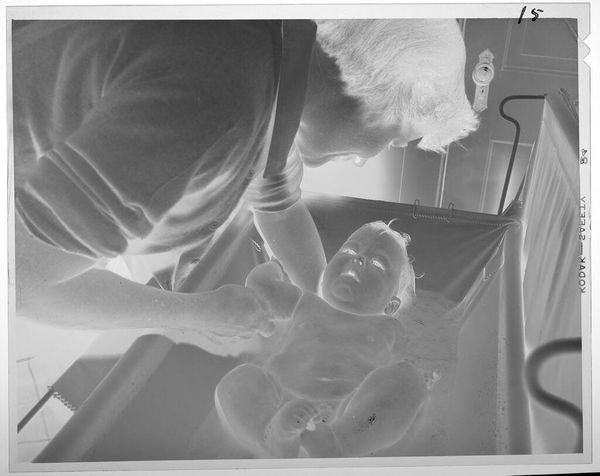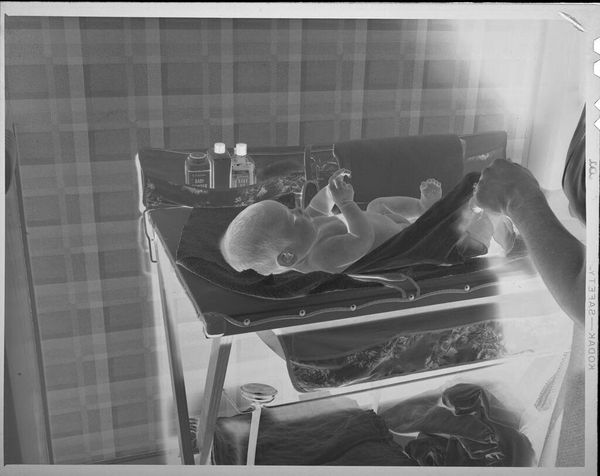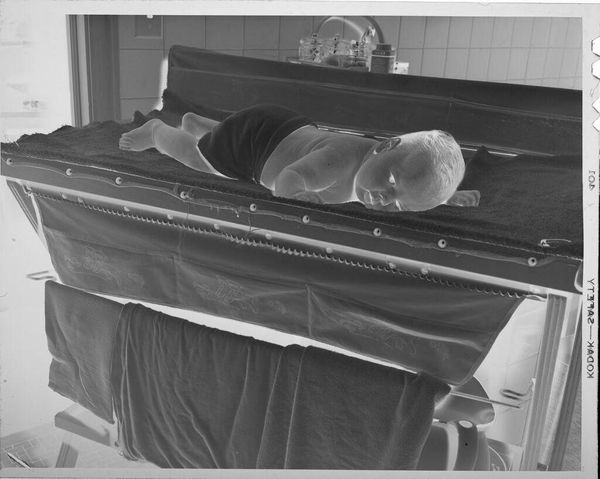
performance, photography
#
performance
#
self-portrait
#
conceptual-art
#
sculpture
#
photography
Copyright: Mladen Stilinovic,Fair Use
Curator: Here we see "Artist at Work," a photo series realized in 1978 by Mladen Stilinovic. Editor: It's surprisingly intimate. Raw, even. The eight images in the grid all show the artist asleep, or pretending to be, in bed. The grayscale flattens the details, drawing my attention to the rumpled bedding and the artist's vulnerable posture. Curator: The series speaks to Stilinovic's wider commentary on the role and the labor of the artist, especially within socialist Yugoslavia. Sleep becomes a potent symbol— a critique of enforced productivity. Think of it in terms of Marxist theory: what is the true product of the artist's "labor"? Editor: Interesting you mention labor. Look closely, and it feels more performative. He's acting the part of a laborer escaping the system. The bed itself seems… confined. Notice how the materials box him in, suggesting something makeshift, almost suffocating. What are your thoughts on the idea that rest is presented as another form of labour? Curator: It echoes broader traditions of artists self-mythologizing – from Romantic depictions of the suffering genius to Pop Art’s embrace of leisure. Stilinovic cleverly subverts those tropes by making the act of rest – seemingly unproductive – the central image. Sleeping embodies resistance, a passive yet powerful form of refusal within a system that demands constant output. The repetition within the work enhances this meaning. Editor: Agreed. Though for me, the seductiveness of slumber obscures that commentary somewhat. The way he renders mundane materials – sheets, pillows – transforms it. Sleep itself becomes a kind of craft, a skill to be honed. A crafted rebellion, if you will, with materials from domestic, personal space to become a revolutionary statement. Curator: Exactly. It’s not simply about laziness, or even mere protest. Sleep, in this context, signifies the temporary abandonment of societal pressures. A kind of retreat into a space where creative thinking, freed from obligation, might flourish, echoing an art that is detached from the need to manufacture goods. Editor: Seeing how personal space is involved for creating something larger in its intention makes me reflect that work itself and making things happen has more possibilities than ever. It makes you wonder though – would something like that even still matter if it was not shown for the eyes of others to see? Curator: Precisely, which leads to the necessity of this photographic documentation. Thank you for bringing up this excellent point!
Comments
No comments
Be the first to comment and join the conversation on the ultimate creative platform.
